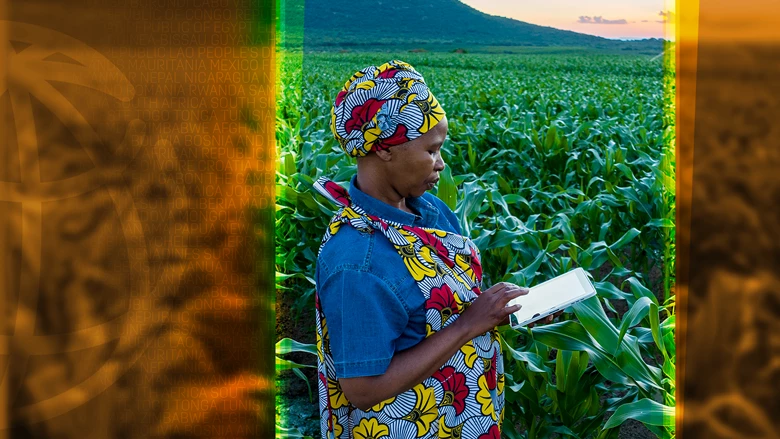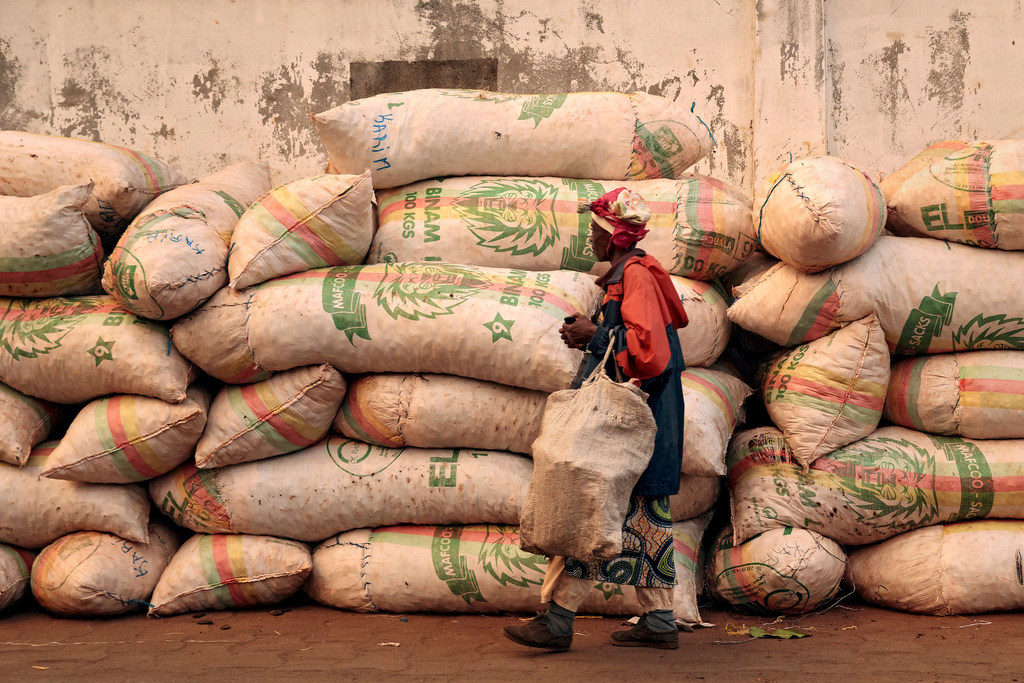The OECD and FAO published their twentieth report, **OECD-FAO Agricultural Outlook 2024-2033**, this July. This study provides a perspective on the evolution of agricultural markets for the next ten years, preceded by a retrospective analysis of the past twenty years. The main conclusion of this report is that emerging economies have played, and will continue to play, a decisive role in the evolution of international markets for agricultural, fishery, and aquaculture products.
Low and middle-income countries have increased their share in the consumption and production of agricultural products. Population growth, rising incomes, and technological progress and innovation are the key factors in an evolution that has reshaped the structure of international trade. While China’s role tends to diminish, India and Southeast Asia are expected to increase their influence on agricultural markets due to their growing urban populations and improved living standards.
For instance, while China contributed 28% to the growth in global consumption over the past ten years, this rate drops to 11% for the next decade. According to the report’s authors, this decline is due to the stabilization of China’s dietary habits and income and its demographic decline. Conversely, India and Southeast Asia will account for 31% of the growth in global food consumption by 2033, mainly due to rising living standards and increasing urbanization.
Zero Hunger Goal Out of Reach
Global consumption of agricultural products is increasing by 1.2%, driven by population growth and rising incomes. Notably, the consumption of meat, and consequently of crops intended for animal feed, is growing. Caloric intake is expected to increase by 7% in middle-income countries, particularly concerning the consumption of meats and fats. In low-income countries, caloric intake is not expected to exceed 4% per year, which remains far from the Sustainable Development Goal of “Zero Hunger” (SDG2).
Poverty in these countries prevents the transition to nutrient-rich (vegetables and fruits) and protein-rich (animals, fish) foods. The diet in these poor countries still relies on staple foods. In rich countries, people, linking food, health, and the environment, consume less fat and do not increase their consumption of animal products.
Relative Decrease in GHG Emissions
According to the report, direct GHG emissions from agriculture are expected to grow more slowly than its production. However, despite this progress, increased agricultural production should lead to a 5% rise in its absolute GHG emissions. The growth in plant, animal, and aquatic production will come less from expanding cultivated land or increasing herds and more from productivity gains. Despite productivity gains, poor countries will remain dependent on imports.
“Halving food waste and losses could reduce agricultural GHG emissions by 4% per year globally and the number of undernourished people by 153 million,” the report continues. Furthermore, halving food waste and losses would increase the food ration by 10% for low-income countries and 6% for middle-income countries.
20% of Calories Are Traded
The smooth functioning of international agricultural markets is essential to ensure global food security. Indeed, 20% of calories are traded. Impoverished rural populations can only improve their incomes through participation in these markets and international agricultural value chains. Trade progresses at the same pace as production and consumption. However, Covid-19, the Russo-Ukrainian war, and geopolitical tensions have shown the fragility of international trade flows.
All other things being equal, the volume of trade should continue to grow. Latin America, North America, Europe, and Central Asia should remain net exporters of agricultural products. Asia and Africa should continue to increase their imports since the rate of consumption growth will continue to exceed that of their production.
Reference international prices for agricultural products will slightly decrease over the next ten years, without necessarily reflecting this decrease in local market retail prices. Supply and demand parameters, barring unforeseen circumstances, should slightly reduce exporters’ margins. This reduction will likely not be reflected in local markets due to national inflation, currency devaluations, and increased logistics costs.
“This deterioration of the local situation could weaken livelihoods and threaten the food security of vulnerable consumers,” the report concludes.




